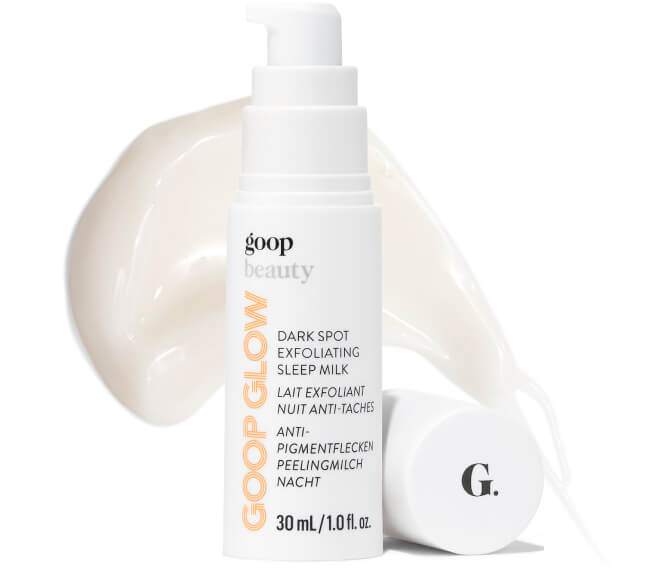In a fascinating discovery that could reshape our understanding of immune responses, researchers at the University of Pennsylvania’s School of Veterinary Medicine have revealed how a common parasitic worm manages to infiltrate the human body by deliberately suppressing our natural urge to scratch.
Summary: Penn Vet researchers have discovered the molecular mechanism that allows Schistosoma mansoni parasites to bypass the body’s itch response, potentially leading to new treatments for both parasitic infections and chronic skin conditions.
Estimated reading time: 6 minutes
The Silent Invader
Nearly 250 million people worldwide are infected with Schistosoma mansoni, a blood fluke that has evolved a remarkable ability to enter the human body undetected. Unlike its avian-infecting cousins that trigger intense itching, S. mansoni has developed a sophisticated method to silence our skin’s natural alarm system.
“It’s inconvenient, it’s annoying, but sensations like pain and itch are crucial. They’re ever-present, especially when it comes to skin infections,” says Juan Inclan-Rico, a postdoctoral researcher in the Herbert Lab at Penn’s School of Veterinary Medicine.
Breaking Down the Defense System
The research team’s investigation revealed a complex interplay between specialized nerve cells (MrgprA3 neurons) and immune cells. When these neurons are activated, they release a chemical messenger called CGRP that communicates with macrophages – white blood cells that typically engulf harmful invaders.
“CGRP acts like a messenger between neurons and macrophages,” explains Inclan-Rico, “and this signaling triggers the activation of immune cells at the site of infection, which helps contain the parasite.”
A Two-Step Defense Mechanism
The researchers discovered that the process involves two crucial steps:
- MrgprA3 neurons release CGRP to signal macrophages
- IL-33, a nuclear protein within macrophages, enhances the inflammatory response
“If we can pinpoint the exact components that parasites are targeting to evade the itch response, we could develop new therapeutic approaches that not only treat parasitic infections but potentially offer relief for other itch-related conditions like eczema or psoriasis,” says De’Broski Herbert, professor of pathobiology at Penn Vet.
Glossary of Terms
- Pruritus: The medical term for itching
- Schistosoma mansoni: A species of parasitic worm that infects humans
- MrgprA3 neurons: Specialized nerve cells associated with immunity and itchiness
- CGRP: A neuropeptide that acts as a messenger between neurons and immune cells
- IL-33: A nuclear protein that plays a crucial role in inflammatory responses
- Macrophages: White blood cells that engulf and destroy harmful organisms
Test Your Knowledge
- How many people worldwide are infected with Schistosoma mansoni?
- Answer: Nearly 250 million people
- What is the name of the messenger molecule that communicates between neurons and macrophages?
- What are the two steps in the defensive process against parasites?
- Answer: First, MrgprA3 neurons release CGRP to signal macrophages; second, IL-33 in macrophages enhances the inflammatory response
Further Reading: Original research paper in Nature Immunology: https://doi.org/10.1038/s41590-024-01982-y
Enjoy this story? Get our newsletter! https://scienceblog.substack.com/
























































